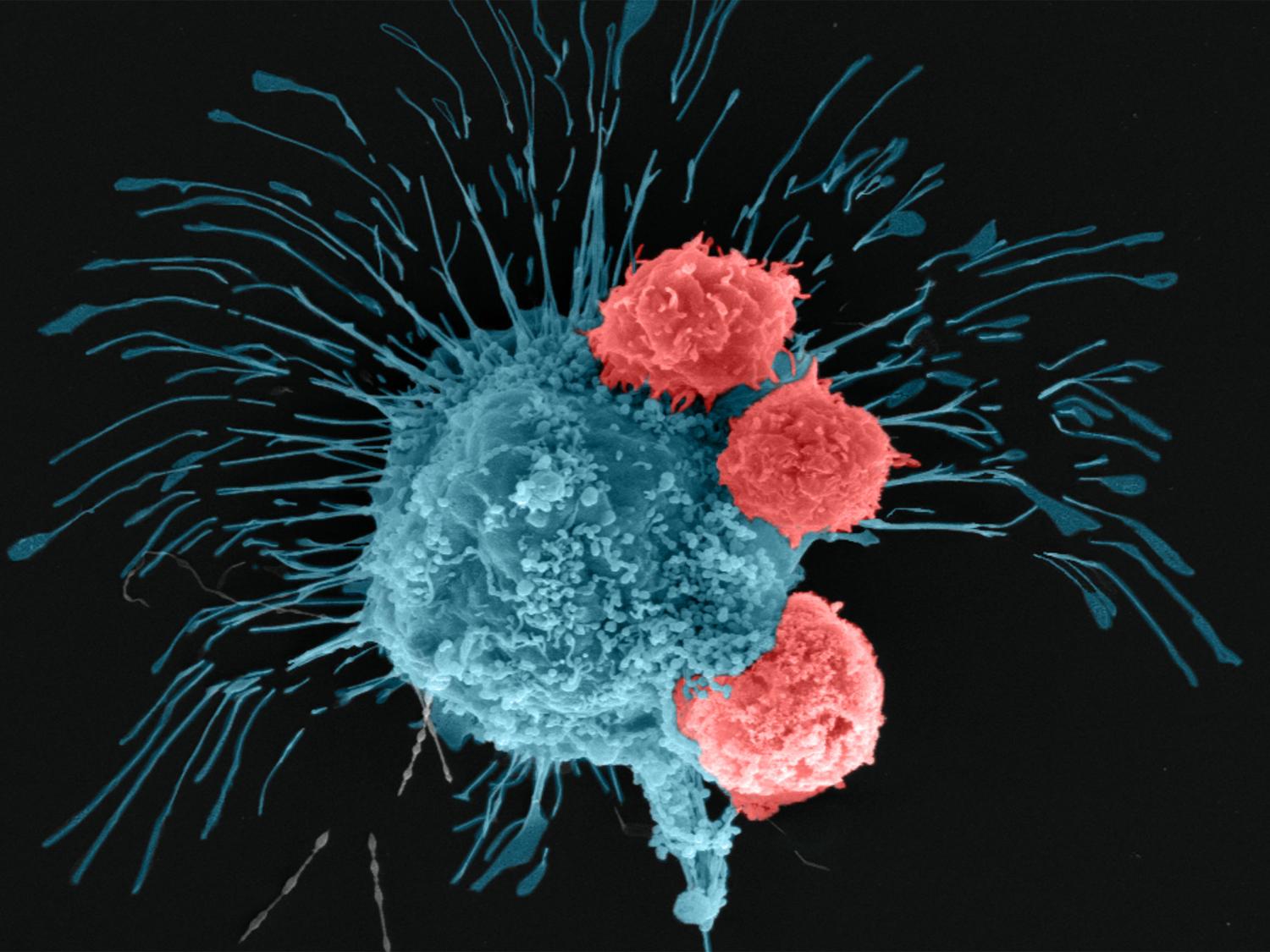2022-10-12 ミシガン大学

中程度の強度の運動でも、脂肪組織の組成と構造に同様の好ましい変化が見られ、体重が減少しなくても脂肪細胞が少し減少した。
肥満の成人36人を中強度運動群(45分、最大心拍数の70%)と高強度運動群(最大心拍数90%で1分間隔を10回、60秒間の低強度活動的回復を挟む)のいずれかに分類した。
12週間のセッションが終了した翌日とその3日後に、血液サンプルと腹部脂肪の生検が行われた。これらのテストの間に運動は行わなかった。両運動グループの結果は、脂肪細胞がやや小さくなり、その数が増えたこと、コラーゲンの種類が増えたこと、毛細血管の密度が増えたこと、体脂肪のリモデリングを制御するタンパク質が変化したことなど、脂肪組織のいくつかの構造変化を示していた。
<関連情報>
- https://news.umich.edu/exercise-can-modify-fat-tissue-in-ways-that-improve-healtheven-without-weight-loss/
- https://physoc.onlinelibrary.wiley.com/doi/abs/10.1113/JP282371
成人肥満症における運動トレーニングは体重減少を伴わない場合でも皮下脂肪組織をリモデリングする Exercise training remodels subcutaneous adipose tissue in adults with obesity even without weight loss
Cheehoon Ahn,Benjamin J. Ryan,Michael W. Schleh,Pallavi Varshney,Alison C. Ludzki,Jenna B. Gillen,Douglas W. Van Pelt,Lisa M. Pitchford,Suzette M. Howton,Thomas Rode,Scott L. Hummel,Charles F. Burant,Jonathan P. Little,Jeffrey F. Horowitz
The Journal of Physiology Published: 06 March 2022
DOI:https://doi.org/10.1113/JP282371
Abstract
Excessive adipose tissue mass underlies much of the metabolic health complications in obesity. Although exercise training is known to improve metabolic health in individuals with obesity, the effects of exercise training without weight loss on adipose tissue structure and metabolic function remain unclear. Thirty-six adults with obesity (body mass index = 33 ± 3 kg · m–2) were assigned to 12 weeks (4 days week–1) of either moderate-intensity continuous training (MICT; 70% maximal heart rate, 45 min; n = 17) or high-intensity interval training (HIIT; 90% maximal heart rate, 10 × 1 min; n = 19), maintaining their body weight throughout. Abdominal subcutaneous adipose tissue (aSAT) biopsy samples were collected once before and twice after training (1 day after last exercise and again 4 days later). Exercise training modified aSAT morphology (i.e. reduced fat cell size, increased collagen type 5a3, both P ≤ 0.05, increased capillary density, P = 0.05) and altered protein abundance of factors that regulate aSAT remodelling (i.e. reduced matrix metallopeptidase 9; P = 0.02; increased angiopoietin-2; P < 0.01). Exercise training also increased protein abundance of factors that regulate lipid metabolism (e.g. hormone sensitive lipase and fatty acid translocase; P ≤ 0.03) and key proteins involved in the mitogen-activated protein kinase pathway when measured the day after the last exercise session. However, most of these exercise-mediated changes were no longer significant 4 days after exercise. Importantly, MICT and HIIT induced remarkably similar adaptations in aSAT. Collectively, even in the absence of weight loss, 12 weeks of exercise training induced changes in aSAT structure, as well as factors that regulate metabolism and the inflammatory signal pathway in adults with obesity.
Key points
- Exercise training is well-known to improve metabolic health in obesity, although how exercise modifies the structure and metabolic function of adipose tissue, in the absence of weight loss, remains unclear.
- We report that both 12 weeks of moderate-intensity continuous training (MICT) and 12 weeks of high-intensity interval training (HIIT) induced modifications in adipose tissue structure and factors that regulate adipose tissue remodelling, metabolism and the inflammatory signal pathway in adults with obesity, even without weight loss (with no meaningful differences between MICT and HIIT).
- The modest modifications in adipose tissue structure in response to 12 weeks of MICT or HIIT did not lead to changes in the rate of fatty acid release from adipose tissue.
- These results expand our understanding about the effects of two commonly used exercise training prescriptions (MICT and HIIT) on adipose tissue remodelling that may lead to advanced strategies for improving metabolic health outcomes in adults with obesity.


